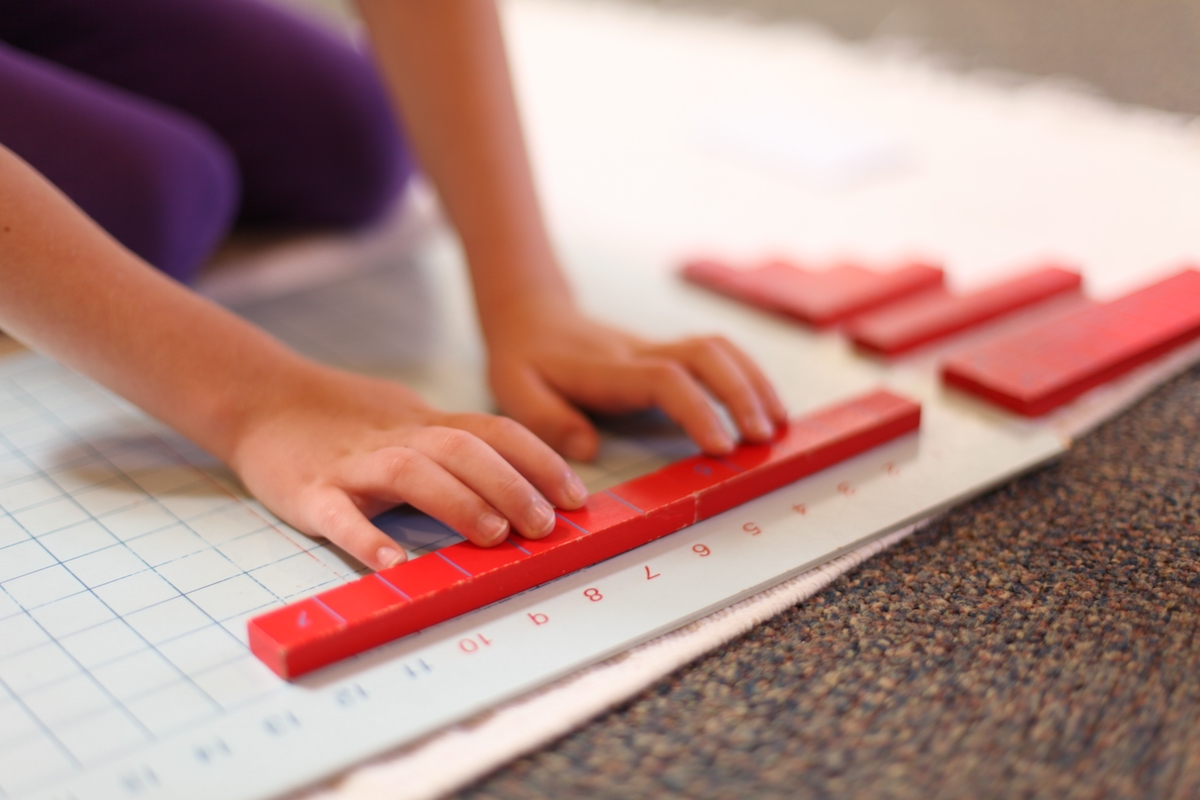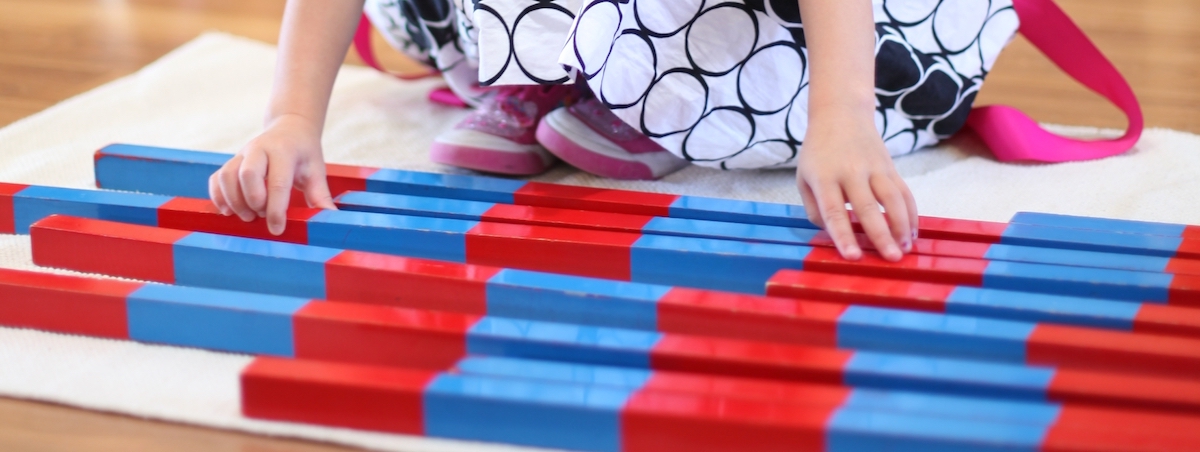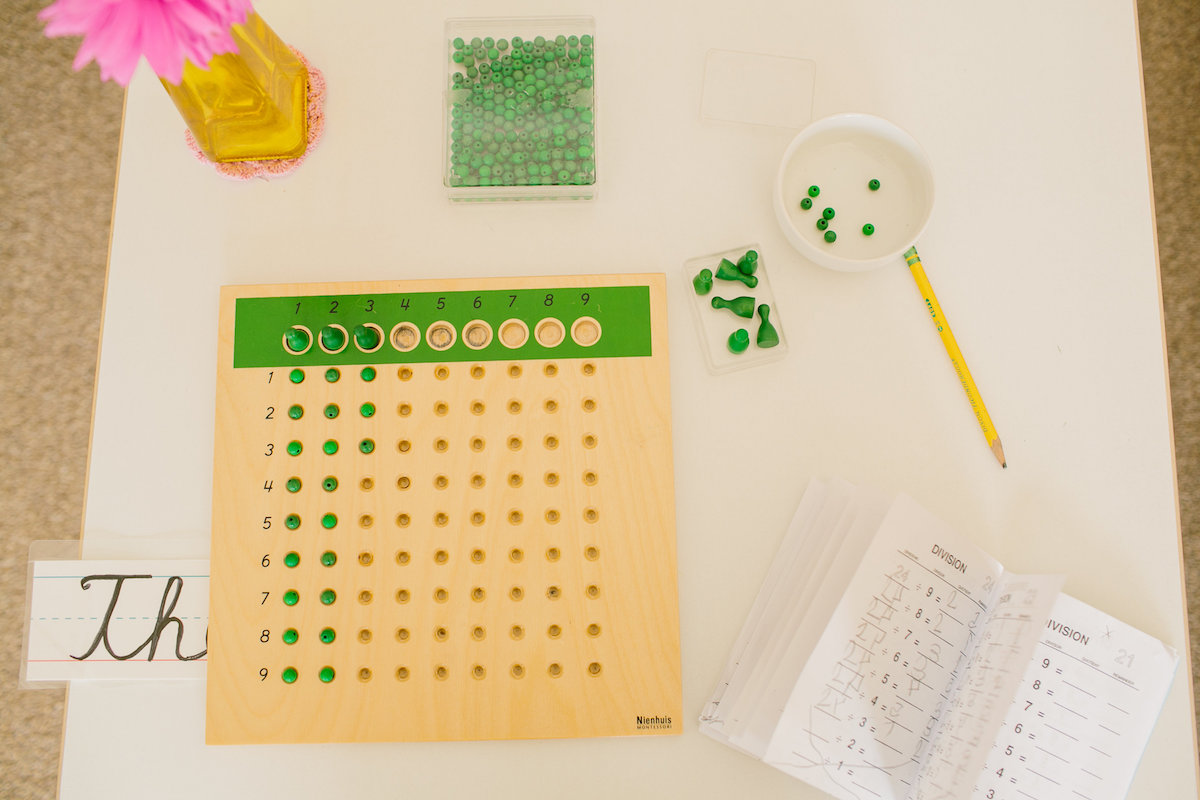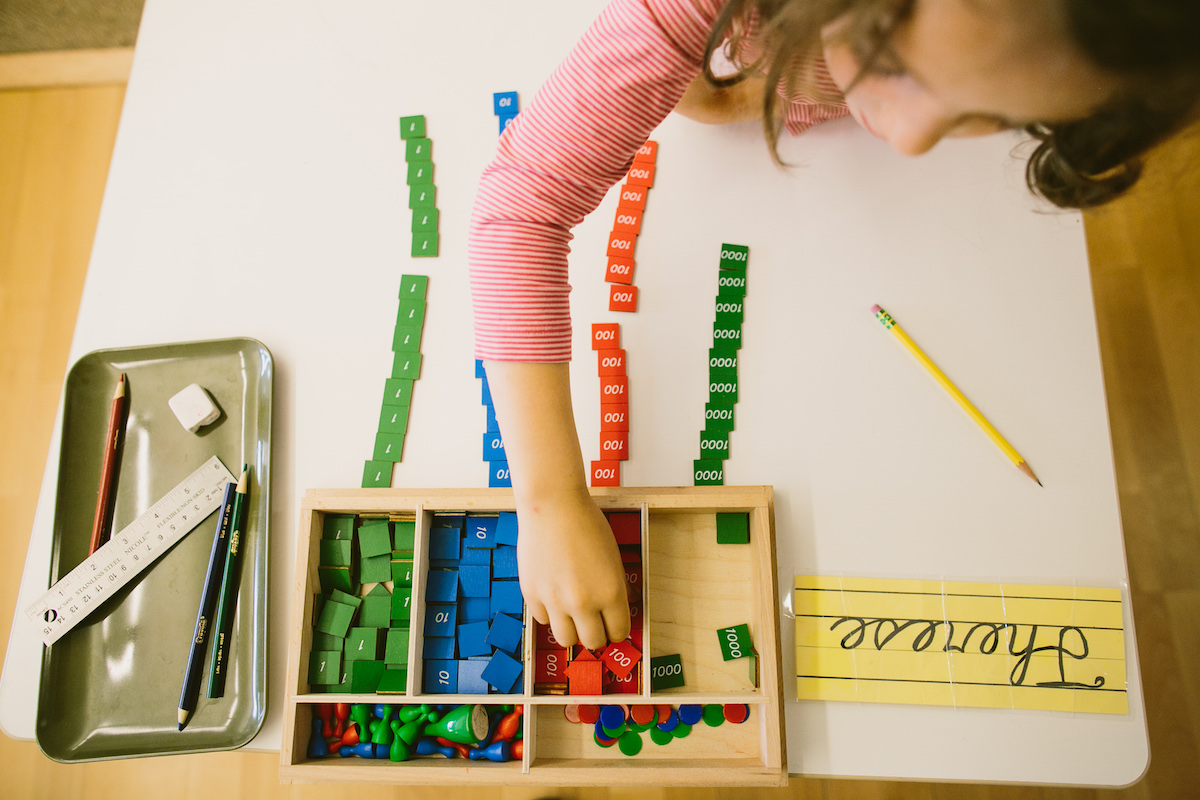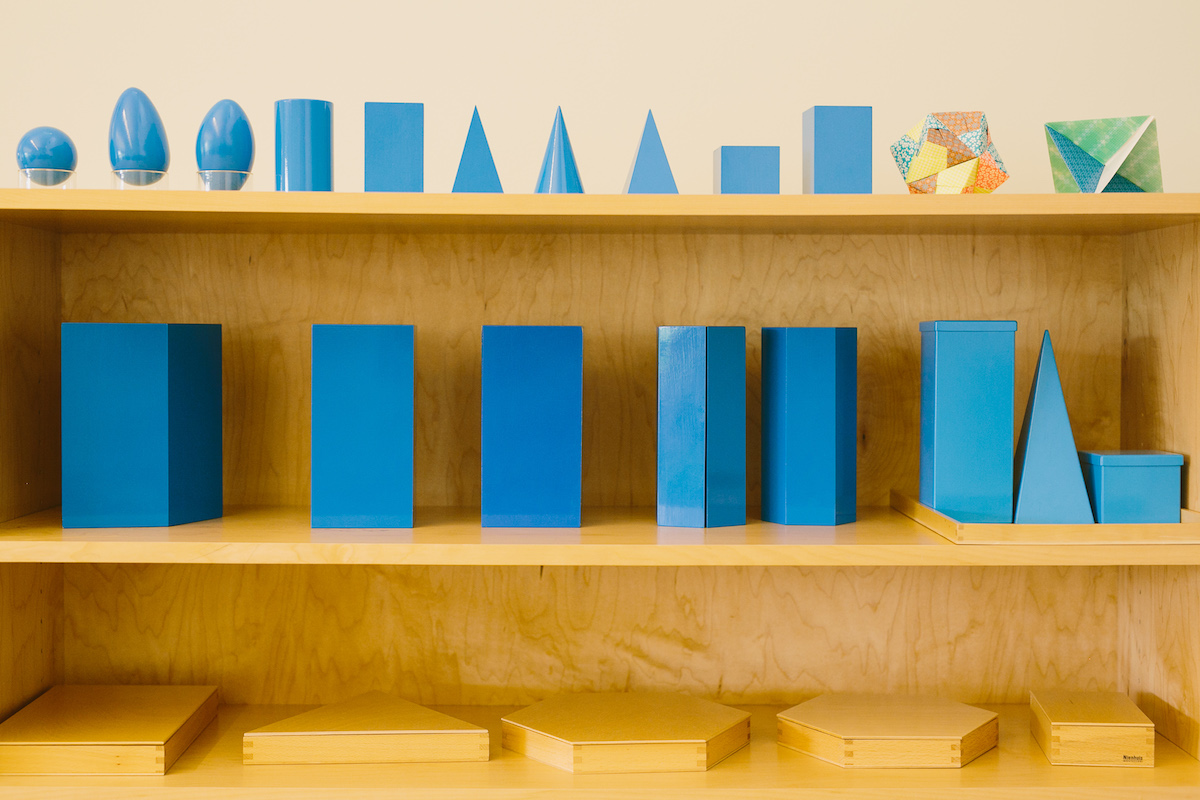Looking for something fun to do with your kids? Tapping into your creative side is a fun way to break the monotony while spending time together. Feel like you’re not the artistic type? No special skills or talent are needed to give these ideas a try…
Paint Some Mini Masterpieces
Image by Kristi Favaloro
Supplies:
- Watercolor paper
- Watercolor paints
- Tape (painter’s tape works best)
- Paintbrush
- Permanent marker
What to do:
- Cut paper into small squares or rectangles (3”x3” is great!).
- Use tape to create a small border around the edge, while also holding it to the table.
- Use the marker to draw freeform shapes and lines.
- Experiment with paint! Watercolor is so fun and versatile.
- When paint is dry, remove tape.
The key here is to experiment. Watercolors are unique in that they don’t lay color down on the paper in just one way. The possibilities are endless. Tiny pieces of paper make the task more manageable for small fingers, and hanging these little paintings as a mosaic is simple and gorgeous.
Cook Up Some Playdough
Ingredients:
- 1 cup flour
- ½ cup salt
- 1 cup water
- 1 Tablespoon oil
- 2 teaspoons cream of tartar
- (optional) food coloring, glitter, essential oils
What to do:
- Measure all ingredients into a saucepan (leave out any glitter until after it’s cooked).
- Cook over medium-low heat, stirring until dough begins to form a ball.
- Allow dough to cool.
When playing with playdough, use your imagination! Incorporate rolling pins, cookie cutters, kitchen utensils, beads, seashells, or whatever you think up! Children love to play with playdough, and it’s so simple to make.
Printmaking in the Kitchen
Materials:
- Fruit and vegetable scraps (more on that below)
- Washable paint (tempera works great)
- Paintbrushes
- Paper
What to do:
- While preparing food, save any interesting produce scraps. Cross sections tend to work best - think a halved apple, a bok choy base, or the skin or a particularly bumpy orange.
- Put a bit of paint onto a plate. Try using a few different colors!
- Brush some paint onto the produce and press gently but firmly onto the paper.
This super simple art activity allows even the littlest ones to feel independent, while indirectly learning about parts of plants. Plus, they stay busy while you prepare dinner.
Short on Time?
Try these quick ideas…
- Dry erase markers work great on windows and mirrors.
- Crayons on large boxes are a delight for kids (especially boxes big enough for them to fit inside after!)
- Cutting practice - give a preschooler a pair of scissors and an old magazine and let them at it!
- Too cold for sidewalk chalk? Try it out on some black construction paper.
- Teach your child fun tricks you loved as a kid. Handprint turkeys anyone? Fingerprint creatures?
- Small paper bags make perfect puppets. Make one first to show them the basics, and see what they come up with.
- Use markers on a damp paper towel. Watch the colors run and mix.
Remember: the mess is half the fun! When we make art with children, it can be important to remind ourselves that the learning and the process are so much more important than the final product. Have a great time making art and memories!


